Sierra Space’s oxygen tech boosts lunar sustainability, aiding NASA’s Artemis goal for a permanent moon base and future Mars missions.
Category: space – Page 175
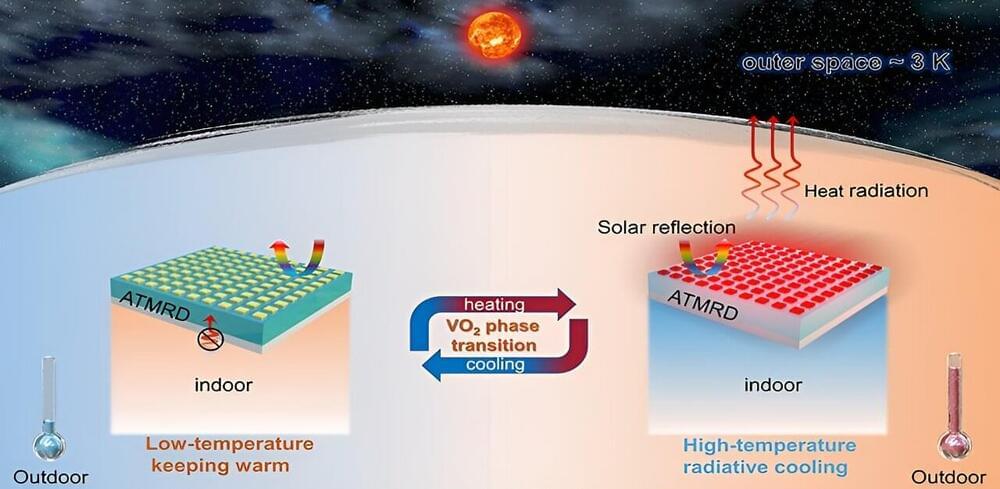
Novel metasurface enables temperature-adaptive radiative cooling
As the global energy crisis intensifies and climate change accelerates, finding sustainable solutions for energy management is increasingly urgent. One promising approach is passive radiative cooling, a technology that allows objects to cool by emitting heat directly into space, requiring no additional energy.
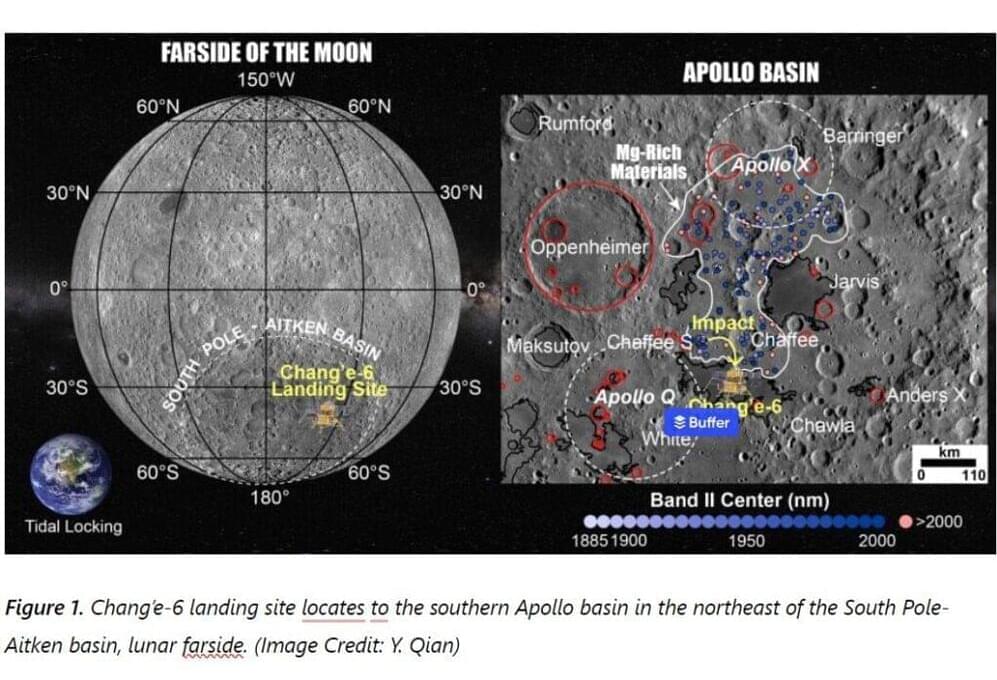
Hidden Magmatism discovered at the Chang’e-6 Lunar Landing Site
Lunar igneous activities including intrusive and extrusive magmatism, and their products contain significant information about the lunar interior and its thermal state. Their distribution is asymmetrical on the nearside and farside, reflecting the global lunar dichotomy. In addition to previously returned lunar samples all from nearside (Apollo, Luna, and Chang’e-5), samples from the South Pole-Aitken (SPA) basin on the farside have long been thought to hold the key to rebalancing the asymmetrical understandings of the Moon and disclosing the lunar dichotomy conundrum.
Earlier this year, the Chang’e-6 mission of the Chinese Lunar Exploration Program, successfully launched on May 3, landed on the lunar surface on June 2, and returned to the Earth on June 25 carrying a total of 1935.3g of lunar soils. It is the world’s first lunar farside sample-return mission, which landed in the south of the Apollo basin within the SPA basin on the farside. These precious samples would open a window to solve the long-standing question of lunar dichotomy, even reshape human’s knowledge of our closest neighbour. However, compared with the well-known mare volcanism surrounding the Chang’e-6 landing site, the intrusive magmatic activities have a much more obscure presence and origin, impeding future sample analyses when they are available for application.
In a recent research paper published in The Astrophysical Journal Letters, Dr Yuqi QIAN, Professor Joseph MICHALSKI and Professor Guochun ZHAO from the Department of Earth Sciences at The University of Hong Kong (HKU) and their domestic and international collaborators have comprehensively studied the intrusive magmatism of the Chang’e-6 landing site and its surroundings based on remote sensing data. The study revealed their extensive distributions and obscure nature with significant implications for the petrogenesis of lunar plutonic rocks and the Chang’e-6 mission, which will facilitate scientists’ further study of lunar farside.
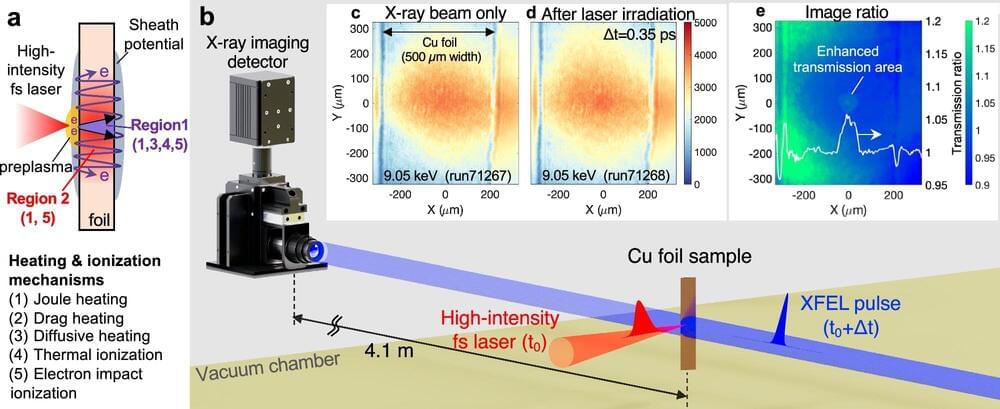
Tracking plasma progression in a picosecond: Physicists develop ultra-fast laser method to study high-density plasmas
In a few picoseconds (trillionths of a second), a small, thin piece of copper momentarily becomes dense plasma, specifically a state called warm dense matter, warm being a relative term—the metal is nearly 200,000 degrees Fahrenheit. With the short duration of a high-powered laser pulse, copper shifts from a solid state to a plasma state in an instant before it explodes. Understanding the progression of heat in the copper is an exciting breakthrough in physics relevant to the interior of giant planets and laser fusion fuel cores.
How to Give Mars a Magnetic Shield
An exploration of the idea of giving Mars a magnetic shield to compensate for its lack of a magnetic field for colonization.
My Patreon Page:
/ johnmichaelgodier.
My Event Horizon Channel:
/ eventhorizonshow.
Papers:
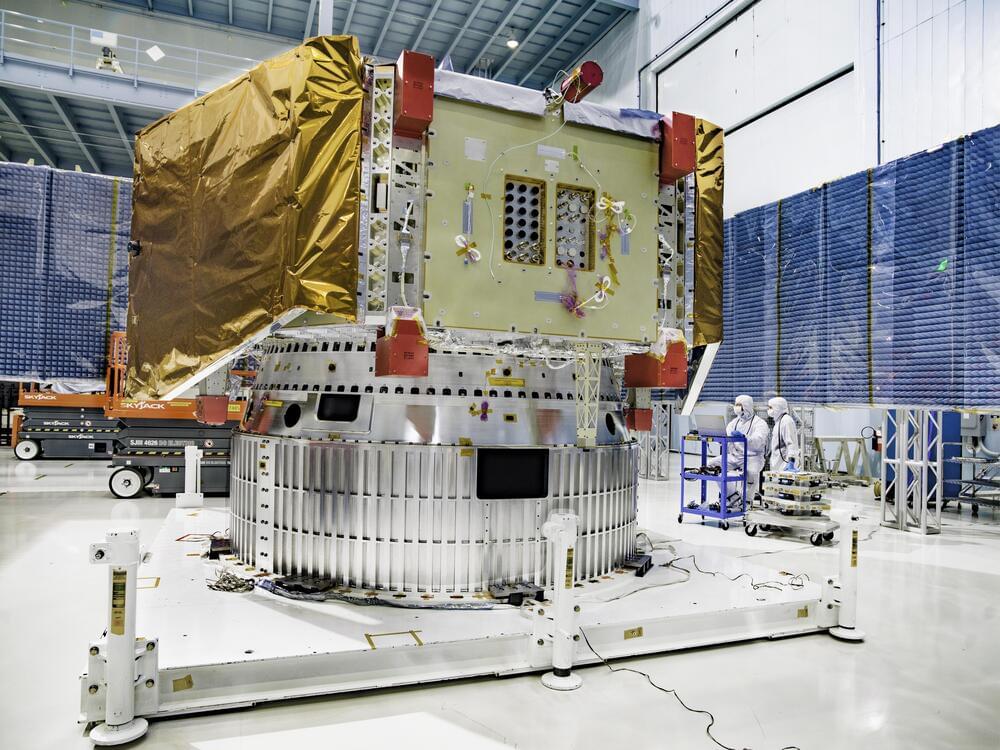
NASA Completes Spacecraft to Transport, Support Roman Space Telescope
The spacecraft bus that will deliver NASA’s Nancy Grace Roman Space Telescope to its orbit and enable it to function once there is now complete after years of construction, installation, and testing.
Now that the spacecraft is assembled, engineers will begin working to integrate the observatory’s other major components, including the science instruments and the telescope itself.
“They call it a spacecraft bus for a reason — it gets the telescope to where it needs to be in space,” said Jackie Townsend, the Roman deputy project manager at NASA’s Goddard Space Flight Center in Greenbelt, Maryland. “But it’s really more like an RV because it has a whole assortment of functions that enable Roman to accomplish its scientific goals while out there too.”
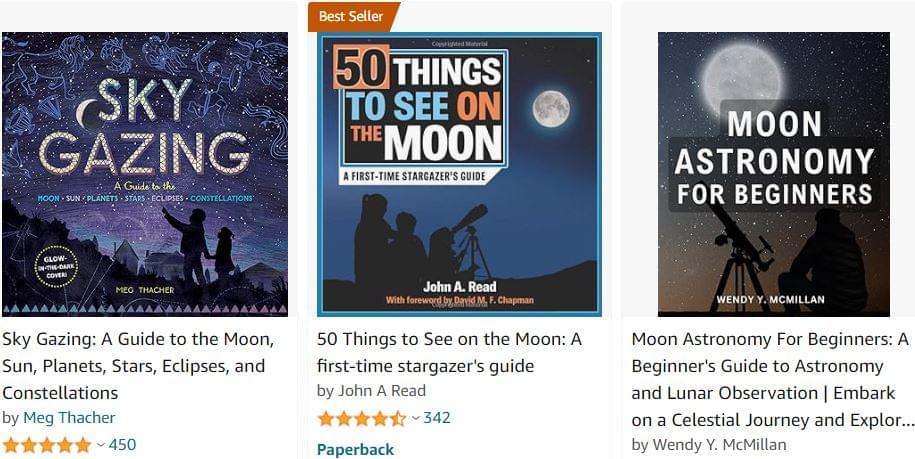
The Moon was once covered by an Ocean of Molten Rock, data from India’s Space Mission suggests
Data from India’s recent Chandrayaan-3 mission supports the idea that an ocean of molten rock once covered the moon. Scientists from the mission have published their new findings in the journal Nature.
On August 23, 2023, a lander called Vikram successfully touched down on the lunar surface. Controllers then deployed a rover called Pragyan, which had been stowed on Vikram, to explore the landing site.
The location where Vikram touched down was further south than any other landing craft had previously been on the moon. It gave scientists an insight into the geology of the moon that had not yet been sampled.

Boeing Execs Have Been Suspiciously Quiet Ever Since Starliner Limped Back to Earth
Over the weekend, the aerospace giant’s Starliner softly touched down in the New Mexico desert, bookending a disastrous first crewed test flight.
But NASA astronauts Butch Wilmore and Suni Williams are still stranded on board the International Space Station after the space agency deemed Starliner too dangerous for their return.
And instead of trying to spin the landing into a victory, Boeing executives have been eerily quiet since. Two executives who were scheduled to speak at a post-landing press conference at NASA’s Johnson Space Center, seemingly decided last minute not to show up.
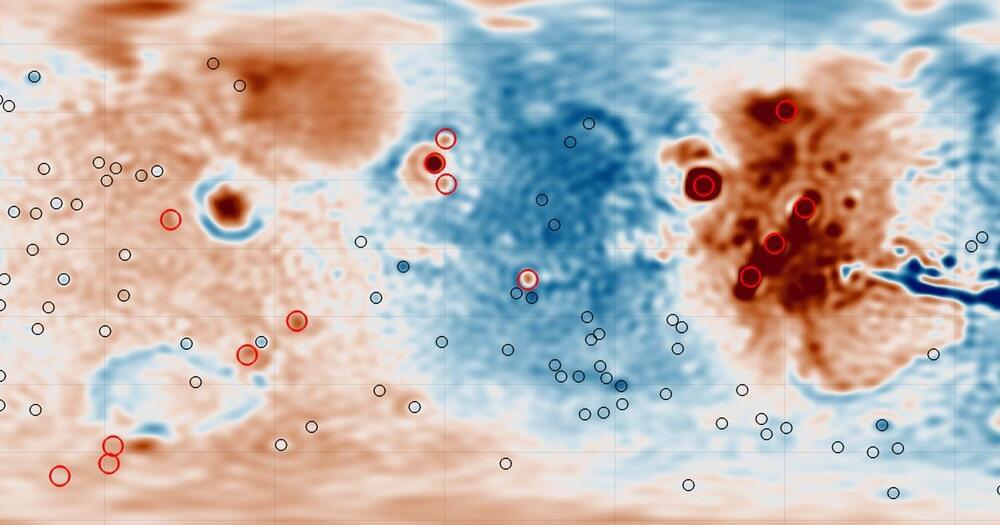
Gravity Mapping Detects Large Hidden Structures Under Surface of Mars
A new analysis of Mars’ gravitational field has revealed hidden structures buried beneath the remains of an ancient ocean.
The work, which was presented this week at the Europlanetary Science Congress in Berlin, could add to a growing body of evidence that suggests the Red Planet may not be as geologically “dead,” or inactive, as once believed.
Overlaid with a thick and smooth layer of sediment which may have once been a seabed, the structures are significantly denser than their surroundings — though a more precise explanation of what they might be has so far eluded researchers.
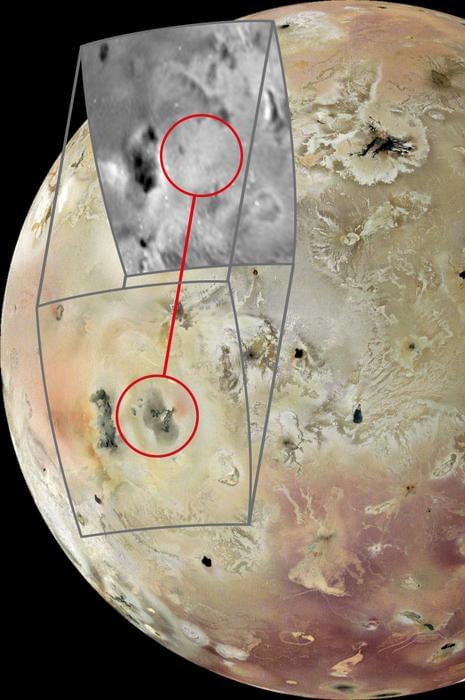
Fresh Volcanic Eruption Captured on Io by NASA’s Juno Mission
Jupiter’s moon, Io, is the most volcanically active planetary body in the entire solar system as it boasts hundreds of active volcanoes. This number continues to grow as recent study at the Europlanet Science Congress 2024 meeting showed a new active volcano on the small moon taken by NASA’s JunoCam after the spacecraft conducted the first up-close images of Io in more than a quarter of a century.
Not only have Io’s volcanoes been observed to shoot volcanic material hundreds of miles into space, but its lava fields also spread almost as far across its surface due to the much smaller gravity. For example, the volcanic deposits from this new image were observed to encompass an area spanning 180 kilometers by 180 kilometers (112 miles by 112 miles).
“Our recent JunoCam images show many changes on Io, including this large, complicated volcanic feature that appears to have formed from nothing since 1997,” said Dr. Michael Ravine, who is an Advanced Projects Manager at Malin Space Science Systems, Inc, which designed, developed and operates JunoCam for the NASA Juno Project, and is lead author of the study.